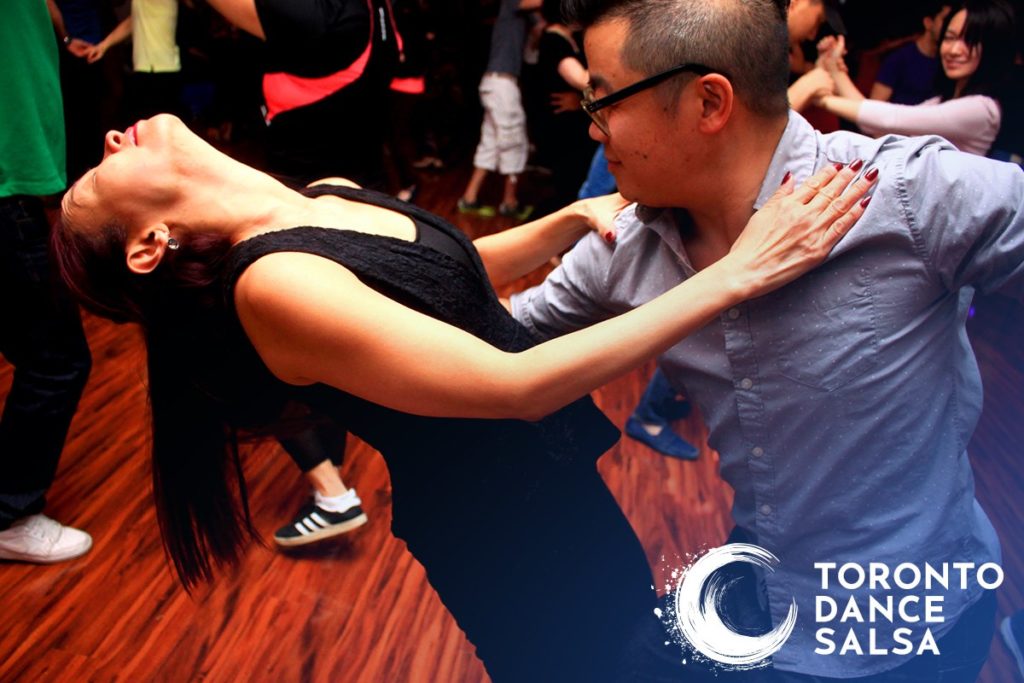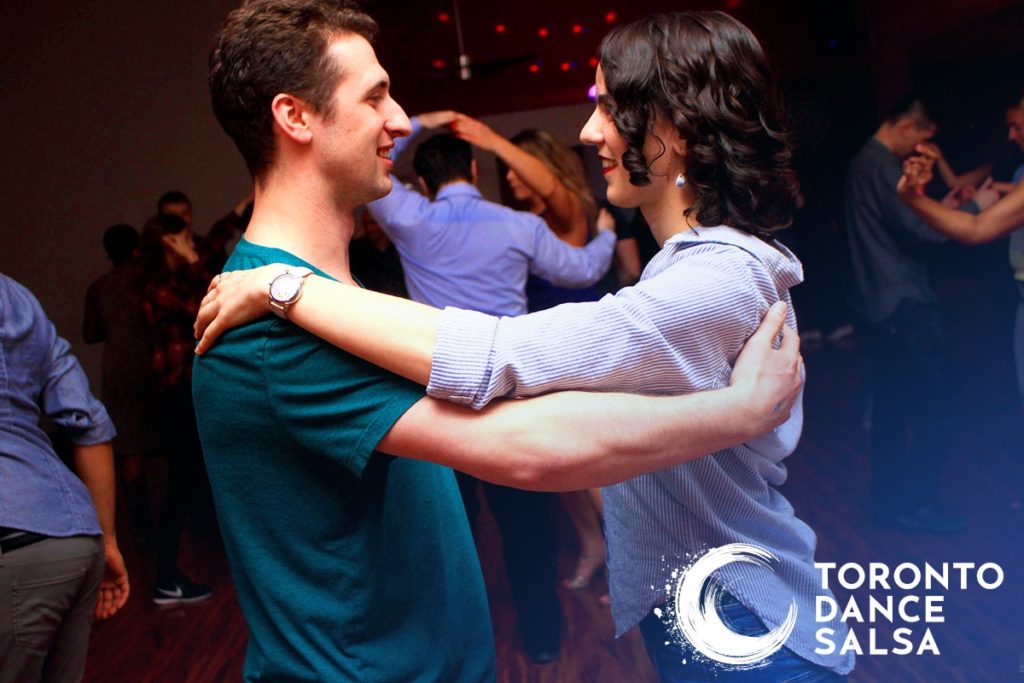What is Salsa?
Salsa is a popular and energetic dance style that originated in the Caribbean and has spread worldwide. It is known for its sensual and lively moves, which are often accompanied by a range of musical styles, including salsa music, mambo, cha-cha-cha, and merengue. In this article, we will explore the history, culture, and techniques of salsa dancing, as well as provide tips for those interested in learning this exciting dance form.
History of Salsa Dancing:
Salsa dancing has a rich and complex history that reflects the diverse cultural influences of the Caribbean. The origins of salsa can be traced back to the 19th century, when African slaves were brought to the Caribbean and South America. These slaves brought with them a range of musical and dance traditions, including the rumba, mambo, and cha-cha-cha. Over time, these traditions were fused with European and Latin American music and dance styles, resulting in the creation of salsa.
Salsa first gained widespread popularity in the 1970s, when it spread from the Caribbean to the United States and Europe. In the 1980s and 1990s, the dance became even more popular, with clubs and festivals dedicated to the dance popping up all over the world. Today, it’s is enjoyed by people of all ages and backgrounds and is considered a global dance phenomenon.
The Culture of Salsa Dancing:
Salsa is more than just a dance style – it is a cultural phenomenon that reflects the vibrant and diverse traditions of the Caribbean. The music and dance are often deeply rooted in the cultural identity of the Caribbean, and they have played a significant role in shaping the region’s social and political history. Salsa is often seen as a symbol of resistance and pride for Caribbean people, and it has inspired social and political movements throughout the region.
In addition to its cultural significance, salsa is also a social activity that brings people together. Salsa dancing is often seen as a way to connect with others and build relationships, and it is common for people to dance with partners or in groups. Salsa events and festivals are also an important part of the dance culture, providing a space for people to come together and celebrate their love of salsa.
Techniques of Salsa Dancing:
Salsa dancing involves a range of movements and techniques that are essential for any dancer to master. One of the most important techniques in salsa is the basic step, which is the foundation for all other salsa moves. The basic step involves taking three steps to the beat of the music, with the fourth beat being a pause or tap. From the basic step, dancers can then build up to more complex moves, such as turns, dips, and footwork patterns.
In addition to the basic step, salsa dancers must also pay attention to their body posture and positioning. Salsa dancers should keep their bodies upright and relaxed, with their weight distributed evenly on both feet. They should also maintain a good balance and control over their movements, which will help them execute turns and other techniques with ease.
Types of Salsa Dancing:
There are several different styles of salsa dancing, each with its own unique characteristics and techniques. Some of the most popular styles of salsa include:
Cuban Salsa: This style of salsa is characterized by its fast and energetic footwork, as well as its use of complex turns and body movements. Cuban is typically danced in a closed position, with the dancers facing each other and maintaining close body contact.
L.A. Style Salsa: This style of salsa is characterized by its smooth and flowing movements, as well as its use of fancy footwork patterns. L.A. Style is typically danced in an open position, with the dancers facing each other but maintaining a bit more space between them.
New York Style Salsa: This style of salsa is characterized by its sharp and precise footwork, as well as its use of quick and intricate body movements. New York Style is typically danced in a close position, with the dancers facing each other and maintaining close body contact.
Salsa Music:
Salsa music is an integral part of salsa dancing, and it plays a significant role in shaping the rhythm and style of
the dance. Salsa music is characterized by its lively and energetic rhythms, which are often created using a range of instruments, including drums, percussion, horns, and piano. The lyrics of salsa songs often address social and political issues, and they are often sung in Spanish or English.
There are many different styles of salsa music, including Cuban, Puerto Rican, and Colombian. Each style has its own unique characteristics and features, and they are often distinguished by their use of different rhythms and instruments. Salsa music is also constantly evolving, with new styles and trends emerging all the time.
Clubs and Festivals:
It’s a massively popular dance at clubs and festivals around the world, and these events provide a great opportunity for dancers to showcase their skills and connect with others who share their passion for salsa. Clubs and festivals often feature live salsa bands and DJ’s, as well as dance performances and competitions.
If you are interested in salsa dancing at a club or festival, it is important to dress appropriately and follow the rules and etiquette of the event. Many clubs and festivals have dress codes that require dancers to wear formal or semi-formal attire, and it is important to respect these guidelines. It is also important to be respectful of others on the dance floor, and to avoid invading their personal space or pushing them out of the way.
Exercise and Health:
In addition to being a fun and social activity, salsa dancing is also a great form of exercise that can provide numerous health benefits. Salsa dancing is an aerobic activity that can help improve cardiovascular health, increase endurance, and strengthen the muscles of the lower body. It can also help improve flexibility, coordination, and balance.
Many people find that salsa dancing is a more enjoyable and enjoyable way to exercise compared to other activities, such as running or cycling, and it can be a great way to relieve stress and improve mental health. If you are looking for a fun and effective way to get in shape, consider giving salsa dancing a try.
Salsa Dancing and Relationships:
Salsa dancing can also have a positive impact on relationships, as it provides an opportunity for couples to connect and bond through the shared experience of dance. It requires trust, communication, and teamwork, and these are all important elements of a healthy relationship.
Many couples find that salsa dancing helps to improve their communication skills and deepen their connection, as they must work together to execute the moves and navigate the dance floor. Salsa dancing can also be a fun and romantic activity, and it can be a great way to add some excitement and intimacy to a relationship.
So Much To Love
Salsa dancing is a vibrant and energetic dance style that has a rich history and cultural significance. It is a popular activity around the world, and it is enjoyed by people of all ages and backgrounds. Salsa dancing involves a range of techniques and styles, and it requires a good balance of body posture, footwork, and musicality.
Learning to dance it can provide numerous benefits, including improved fitness, coordination, and relationships. It is a fun and social activity that brings people together and encourages them to express themselves through dance. If you are interested in giving it a try, there are many resources available to help you get started, including dance classes, instructional videos, and online tutorials.
So why not give salsa dancing a try? With its lively rhythms and sensual moves, it is an exciting and rewarding activity that is sure to bring joy and excitement to your life.
Final Thoughts
Salsa dancing is a vibrant and energetic dance style that has captured the hearts of people all over the world. Whether you are looking to improve your fitness, connect with others, or simply have fun, salsa dancing has something to offer. So why not give it a try? With its lively rhythms and sensual moves, salsa dancing is sure to bring joy and excitement to your life.
Click here to check our current schedule.
If you have any questions you would like me to answer here are some ways you can contact me: message me on Instagram (torontodanceSalsa), on Twitter (#torontodanceSalsa), on Facebook (Toronto Dance Salsa) or email me at [email protected].


